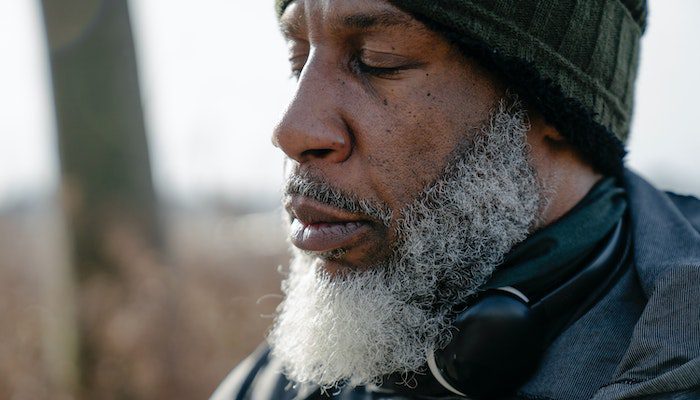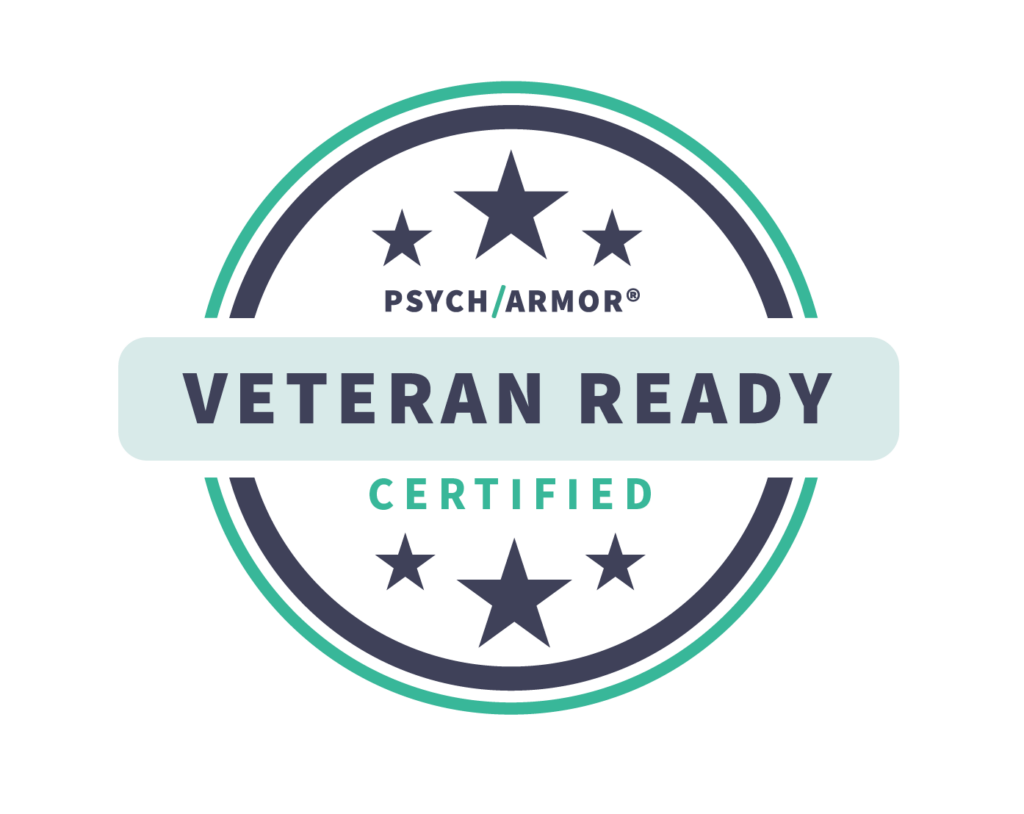All of us are breathing nearly all of the time. Breathing in oxygen and breathing out carbon dioxide is something we do from the moment of birth to the moment of death. And most of the time, it is a fully automated process.
That’s a good thing, to be sure. If we had to be actively paying attention to our breathing all of the time, we would hardly be able to do much of anything else. We are spared this single-minded obsession with the life-giving process of breathing because our bodies are quite good at taking care of the essential activity all on their own.
But sometimes it can be quite helpful to take active control of our breathing—especially in moments of anxiety or stress. When those feelings arise, a process known as box breathing can provide some relief. It is a simple but powerful tool that can help most anyone; it can be of particular use for those who have been diagnosed with an anxiety or panic disorder or any of a number of other mental health disorders.
Box Breathing: What It Is (and Isn’t)
First things first: We are talking about box breathing—not beatboxing.
Instead, it is a specific way of controlling your breathing (and frankly, much easier than beatboxing). The key to box breathing is to sit comfortably upright and remember the number four.
Here is how it works:
- Take a breath in for a count of four
- Hold your breath for a count of four
- Breathe out for four
- Hold your breath for a count of four
- Complete the cycle a total of four times
Easy, right? In fact, it might seem too easy. How can breathing in, holding, breathing out, and holding four counts of four a total of four times has any sort of impact on the anxiety you are experiencing?
That is a fair question. Let’s take a look at how this specific approach to breathing works to help you regain a sense of calm.
Box Breathing: How It Works
Box breathing calms and regulates what is known as your autonomic nervous system. For our purposes here, it might be helpful to think of “autonomic” as “automatic”—meaning that this is the system that automatically regulates a whole range of body functions.
When you complete this type of exercise, carbon dioxide (CO2) builds up in your blood during the periods when you are holding your breath. A buildup of CO2 triggers a specific kind of response in your vagus nerve during your exhale while also stimulating your parasympathetic system.
Whew, that sentence probably needs a bit of explanation.
The word “vagus” means “wandering” in Latin, and it is appropriately applied to the vagus nerve because it is the longest of your cranial nerves, running from your brain stem to your colon. The vagus nerve handles a variety of internal organ functions—like breathing, heart rate, digestion, reflex actions (like sneezing), and more.
Meanwhile, your parasympathetic nervous system is made up of a network of nerves that trigger relaxation in the body after stressful or dangerous moments.
So, when you engage in box breathing, the exercise has an impact on the parts of your nervous system responsible for managing your breathing and for encouraging the body to relax. Long and short: box breathing can induce a feeling of calm and relaxation in both the body and the mind. The practice can reduce the experience of stress and boost your mood. It can also help with pain management and insomnia.
The beauty of box breathing is that it is immediately available any time you need it. Just sit quietly and remember the number four as you regulate your breath for a few moments.
Take a Deep Breath and Get Support for Your Mental Health
While box breathing can be extremely effective, it is not a substitute for ongoing mental health care for those who are struggling with a disorder like depression, anxiety, trauma-based disorders, and more. Box breathing is one excellent tool, but what you really need to achieve and maintain mental health gains is a whole toolbox.
That is what we provide at Peak View Behavioral Health in Colorado Springs. We will listen to you intently so that we can create a personalized treatment plan that addresses your immediate mental health concerns and builds a firm foundation for sustained improvement.
For many people, the hardest part about getting help for a mental health disorder is taking the very first step. But the benefits of treatment for a mental health disorder can be life-changing. Our advice? Take a deep, calming breath, and then reach out to Peak View Behavioral Health. We are here to help.
 Are you looking for mental health help in Colorado Springs? For more information about Peak View Behavioral Health, or if you have questions, please call us at 719-694-0220 or use our contact form.
Are you looking for mental health help in Colorado Springs? For more information about Peak View Behavioral Health, or if you have questions, please call us at 719-694-0220 or use our contact form.









